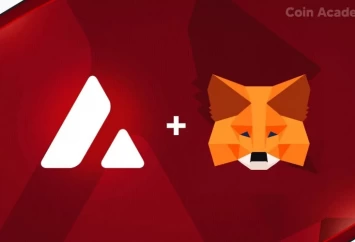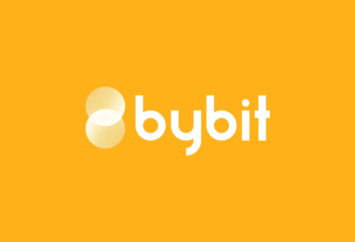What Is Mdex (MDX)?
MDEX is a new decentralized trading protocol that launched in January 2021.
MDEX is an automated market making (AMM) decentralized exchange protocol that operates on the concept of fund pools, sharing some similarities with standard DEXs, but differentiating itself from competitors by using a dual-chain model modeled on both the Ethereum network and the Huobi Ecological Chain (HECO), which gives it access to the liquidity of the Ethereum ecosystem.
A trading platform built on top of HECO, MDEX has an estimated cost for token swaps at $0.001 for each trade, with a transaction speed of three seconds.
What Makes Mdex Unique?
The vast majority of DeFi projects live on the Ethereum network as ERC-20 assets, but it is facing problems with expensive gas fees and slow transaction speeds during its transition to Ethereum 2.0.
Most newly-developed protocols heavily consider scalability factors in their choice of blockchain networks if they want a fast adoption rate. Uniswap at least had an early-mover advantage, since it launched before the Ethereum network became heavily congested — and some say that Uniswap itself is one of the main reasons for the network’s congestion, However, Uniswap’s market majority could change really fast if second-layer solutions are not rolled out in time and deliver their expected results.
For this reason, the Huobi Ecological Chain-based Mdex claims a unique characteristic of being based on a chain that aims to avoid scalability problems.
Related Pages:
Check out Uniswap here.
Check out SushiSwap here.
Learn more about DEXs here.
Read about crypto on the CMC blog.
How Is the Mdex Network Secured?
Huobi, the Seychelles-based crypto exchange founded in China and listed in Hong Kong, is a cryptocurrency trading platform. Huobi officially launched its eco-chain HECO in December 2020: the new platform claims to have a maximum 500 transactions-per-second (TPS) rate, transaction confirmation time of three seconds and a gas fee of $0.001.
MDEX’s Dual Mining Innovation
There are instances where transactions made on MDEX can cost almost nothing, sometimes resulting in even negative charges, since users are given rewards for trading and mining, effectively canceling out the costs of transacting on the network.
MDEX’s Deflationary Tokenomics Keeps MDX Sustainable
MDEX’s tokenomics follows a “repurchase and burn” model, which decreases the circulating supply of the MDX token over time, driving up its value. This model keeps the value of MDX sustainable over the long run. Its tokenomics are also further supported by the “repurchase and reward” model, which further incentivizes MDX holders to keep their tokens.
On top of yield rewards, MDX tokens can also be used to participate in the governance mechanism of one of the fastest-growing DEXs in the market. Holders can propose and vote on the listing of a token on the MDEX market or collateralization of any other asset.
MDEX’s Protocol Compatibility Brings Project Partnerships
MDEX is designed for users and project developers as it implements an automated market maker (AMM) that facilitates low slippages for trades, good market depth and high yields for transaction and liquidity miners.
Huobi and HECO-based projects also use the deployment of MDEX as it facilitates the trade of these networks’ supported assets. Ethereum-based DeFi protocols such as AAVE, BAL, LINK and YFI have also begun liquidity mining on MDEX.
Where Can You Buy Mdex (MDX)?
Mdex is trading on markets including Huobi Global, Gate.io and the MDEX exchange, among others.
Learn more about how to buy crypto here.
Read More




